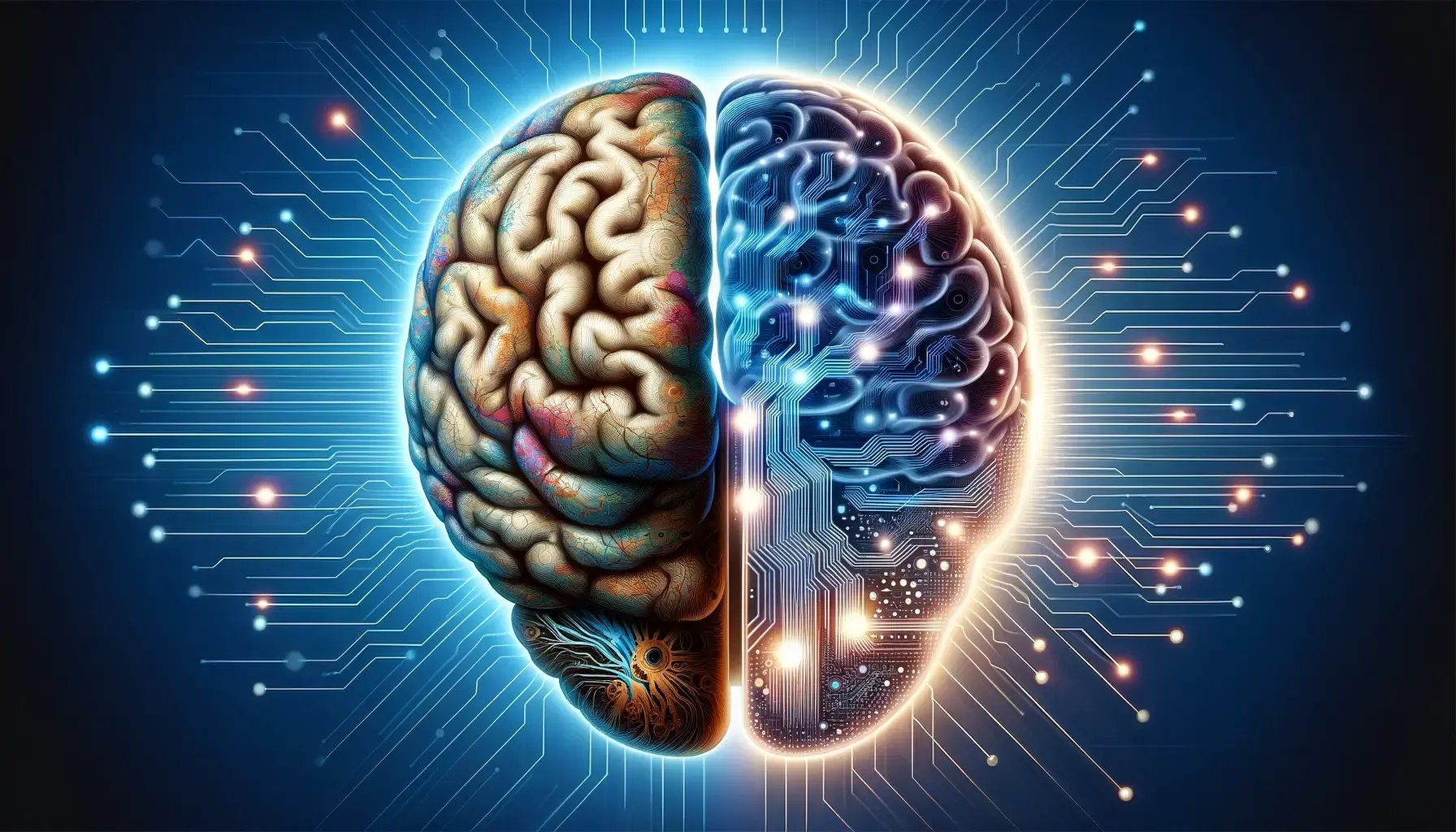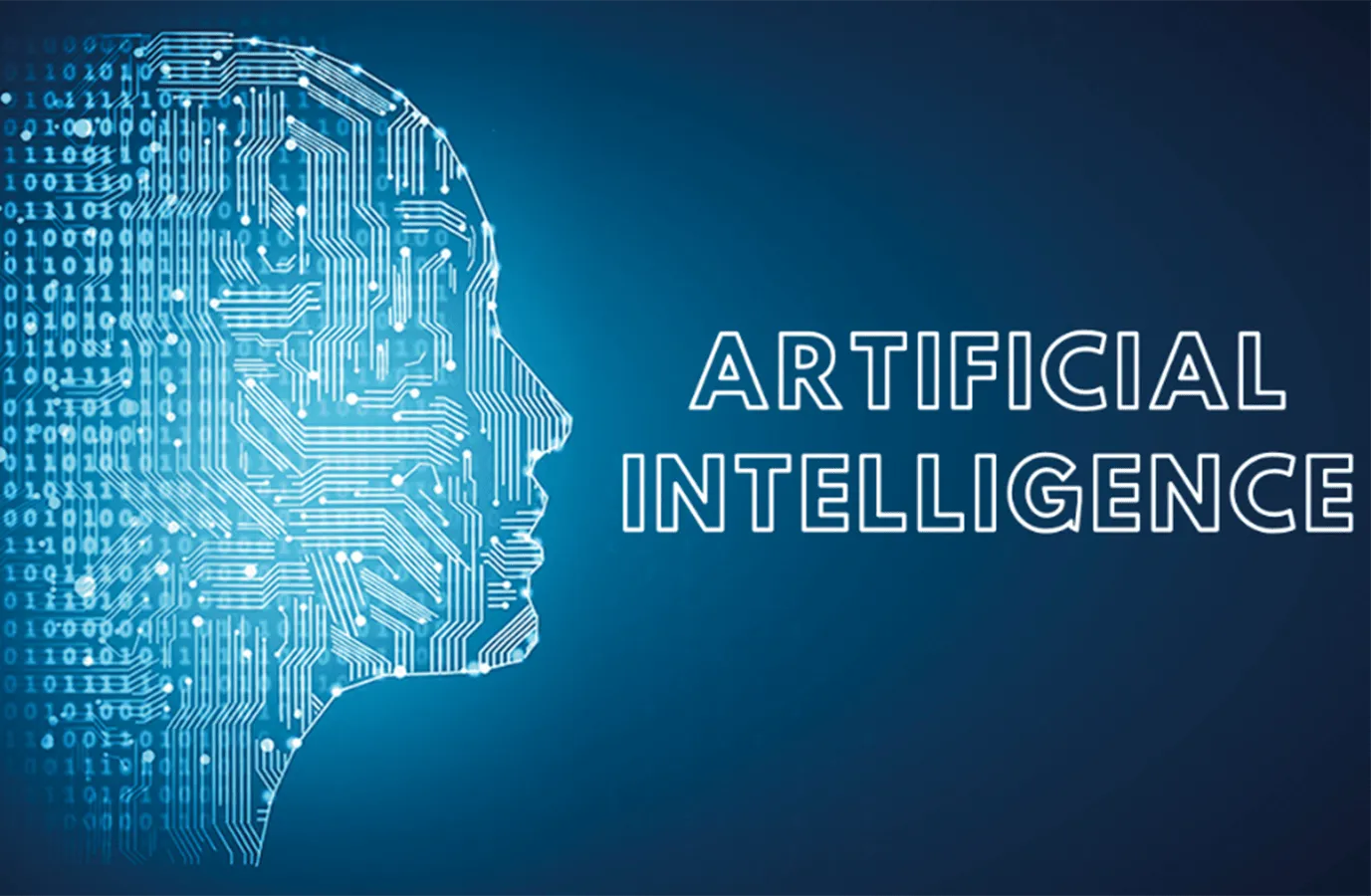In an era marked by rapid advancements in artificial intelligence, large language models (LLMs) such as ChatGPT and GPT-4 continue to astound with their linguistic capabilities. However, beneath the surface of these technological marvels lie inherent limitations that become glaringly apparent when they face complex multistep logic problems.

The Challenge of Einstein’s Riddle
A classic example that highlights the challenges faced by today’s LLMs is the logic puzzle popularly known as Einstein’s riddle. This puzzle involves deducing the owner of a zebra through a series of clues relating to the colors of houses, their inhabitants’ nationalities, and other attributes. Nouha Dziri, a research scientist at the Allen Institute for AI, points out the struggle of LLMs in tackling such problems. Despite their training, these models often fail to move beyond their learned data, resulting in approximations that can sometimes be erroneous.
“Einstein’s riddle requires a compositional task-solving approach that our current models are struggling with,” Dziri explains. This limitation underscores a fundamental challenge: while LLMs excel at predicting the next word in a sequence, they falter when required to piece together multiple information segments to form a coherent answer.

The Underlying Issue of Compositional Reasoning
The architecture most LLMs rely on, known as transformers, was originally designed to enhance natural language processing. However, researchers like Andrew Wilson, a machine learning expert at New York University, suggest that the transformer architecture might not be the ultimate solution for universal learning. “There is a pressing need to evaluate whether transformers can truly meet the diverse learning requirements posed by real-world applications,” Wilson states.
Recent studies have shown that transformers are limited by hard mathematical boundaries when tasked with solving compositional problems, a finding that challenges the current trajectory of relying solely on these models for advanced AI tasks.

Practical Implications and the Road Ahead
Despite these challenges, there is no immediate end to the utility of LLMs. Innovations continue to emerge, aiming to push the boundaries of what these models can achieve. For instance, techniques such as chain-of-thought prompting have shown promise in improving the problem-solving capabilities of LLMs by guiding them through a series of logical steps.
Researchers like Haotian Ye from Stanford University are exploring these techniques to enhance the problem-solving abilities of LLMs. “Chain-of-thought prompting transforms a large problem into a series of smaller, manageable tasks, thereby enhancing the model’s ability to tackle more complex challenges,” Ye explains.

The journey of advancing LLMs is far from over. While current models have their limitations, the continuous research and adaptation of new methods provide a pathway towards more capable and reliable AI systems. As the technology evolves, so too does our understanding of its potential and limitations. The insights from researchers like Dziri and Ye play a crucial role in shaping the future of artificial intelligence, ensuring that these tools not only perform tasks but also advance towards true reasoning and understanding.
For AI developers and enthusiasts, the findings present both challenges and opportunities. By delving deeper into the mechanics of how LLMs process and reason, there is potential to unlock new capabilities and overcome existing barriers. The evolution of AI remains a testament to human ingenuity, with each limitation serving as a stepping stone to the next breakthrough.










